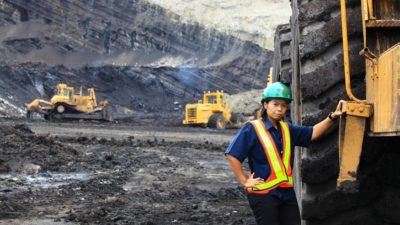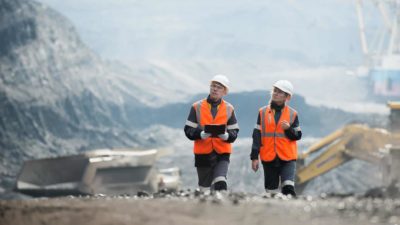When a professional investor shies away from a particular sector yet admits to buying a particular stock as an exception to that rule, it's worth paying attention.
Because that means that the tailwinds behind that particular business are so compelling that the expert had to ignore his or her own dislike for that industry.
A memo from the Wilsons team this week revealed exactly such a situation:
This is my new purchase, says expert
Wilsons equity strategist Rob Crookston told clients that his focus portfolio is underweight resources.
That was especially so after OZ Minerals Limited (ASX: OZL) was removed from the portfolio last week as news hit that it accepted BHP Group Ltd (ASX: BHP)'s takeover bid.
But guess how Crookston's team used the cash from the sale?
"We have used the proceeds from Oz Minerals to add Lynas Rare Earths Ltd (ASX: LYC) to the portfolio at 2%."
While the Wilsons team took profits from the Oz Minerals sale, the Lynas share price is down 21.3% year to date, presenting a low entry point.
Why is Lynas so attractive?
Lynas produces rare earths, which are used to make NdFeB permanent magnets.
And these magnets are seeing rising demand from clean energy producers.
"NdFeB magnets are currently used in the drive mechanism for electric vehicles (EVs) and wind turbines, and this is expected to drive a two to three times increase in demand by 2030," said Crookston in his memo to clients.
"It is estimated that a standard model EV will require around five times the rare earth magnets that a traditional petrol vehicle requires."
Even though the Wilson portfolio is underweight in mining, the electric vehicle narrative remains the exception.
"We are overweight EV minerals with our weighting at 8% versus the market at 4%," said Crookston.
"The positive growth outlook of rare earths and other EV minerals is in contrast to the outlook for the traditional ASX miners, such as iron ore, where we expect earnings to fall over the next two to three years."
Buying opportunity for long-term investors
Of course, like any mining stock, Lynas is vulnerable to commodity prices dropping.
Rare earths are no exception to this cyclicality, as they're also used for more traditional products like home appliances, air conditioning, elevators, and electronics.
But for Crookston's team, this merely presents an attractive entry point for a long-term investor.
"We think rare earth minerals have an inherent degree of cyclicality to broader macroeconomic conditions in the short-term (much like copper and nickel)," said Crookston.
"However, we believe the shift to renewables and EVs will be a key driver of NdPR demand over the medium-term and this period of soft demand presents an opportunity to buy into weakness."
Another ace up Lynas' sleeve is that China currently dominates 60% of the global supply of rare earths and 90% of the refining capacity.
Due to this geopolitical risk, US, European, and Australian governments are supporting domestic rare earths production.
"There is upside risk for rare earth miners that governments help fund growth projects, which would support miners' cash flows," Crookston said.
"We have already seen this for Lynas… Lynas received US$150 million for two funding grants from the US government to develop a light and heavy rare earths separation plant in the US."









